Talkie AI App is a cutting-edge platform designed to create intelligent, customizable virtual companions. It allows users to build characters with unique personalities, voices, and emotional intelligence, making it ideal for entertainment, learning, and emotional support. With features like multilingual support, voice cloning, and advanced privacy settings, Talkie AI empowers users to design interactive experiences tailored to their needs. Whether for storytelling, productivity, or companionship, Talkie AI sets a new standard for AI-driven interactions.
🔘Core Features
➤ Advanced Conversational AI
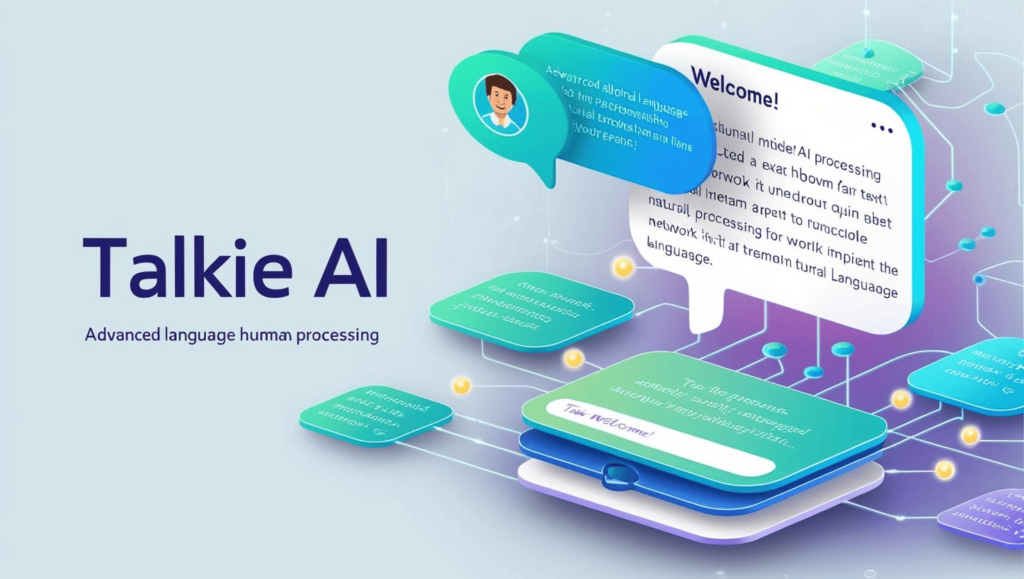
Talkie AI uses advanced algorithms to process and understand human language, creating natural, lifelike conversations. For example, it can assist customers with detailed queries, like helping them navigate a complex return policy.
While Talkie AI offers nuanced replies, alternatives like ChatGPT focus on creative problem-solving but may lack integration features.
➤ User-Friendly Interface
The intuitive design ensures even beginners can easily navigate the app, with features like guided tutorials and clear menus. For instance, users can set up reminders or send voice messages without needing technical expertise.
Competitors like Amazon Alexa have similar user-friendly designs but lack personalization at Talkie’s level.
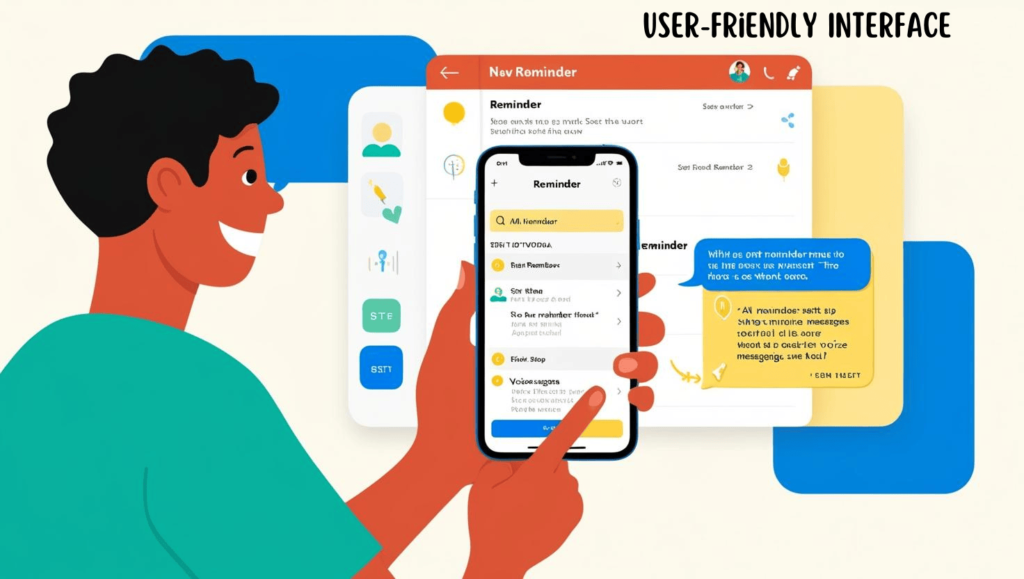
➤ Real-Time Communication
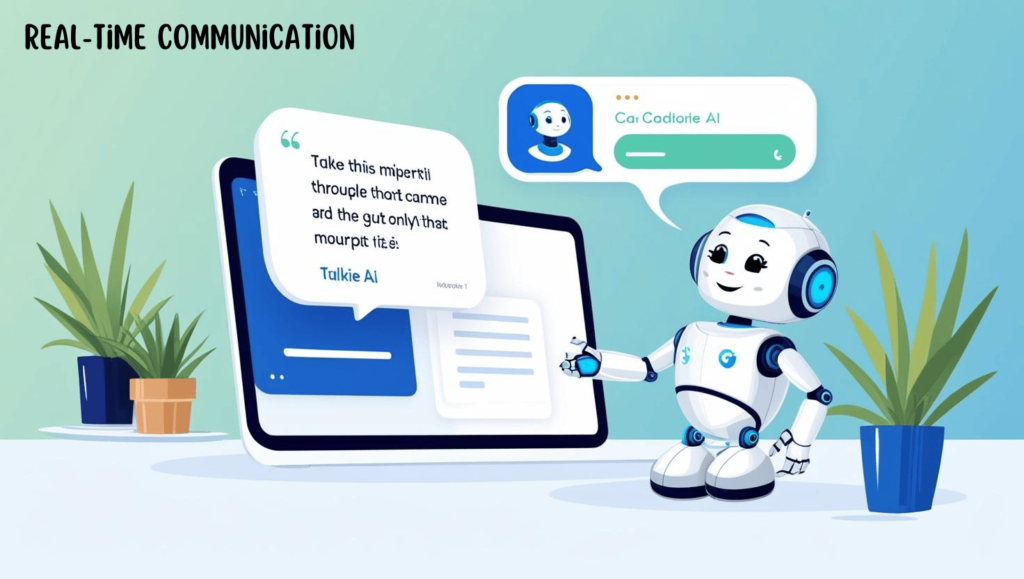
Talkie AI delivers instant responses, ensuring smooth interaction during live conversations. This feature is ideal for customer support, where delays can frustrate users.
Google Assistant provides similar quick replies but may struggle with context in complex discussions.
➤ Personalized User Experience
Talkie AI adapts its responses based on user preferences, making interactions feel tailored. For example, it can remember your favorite genres when recommending books or movies.
Alternatives like Siri rely more on pre-set functionalities and less on long-term personalization.
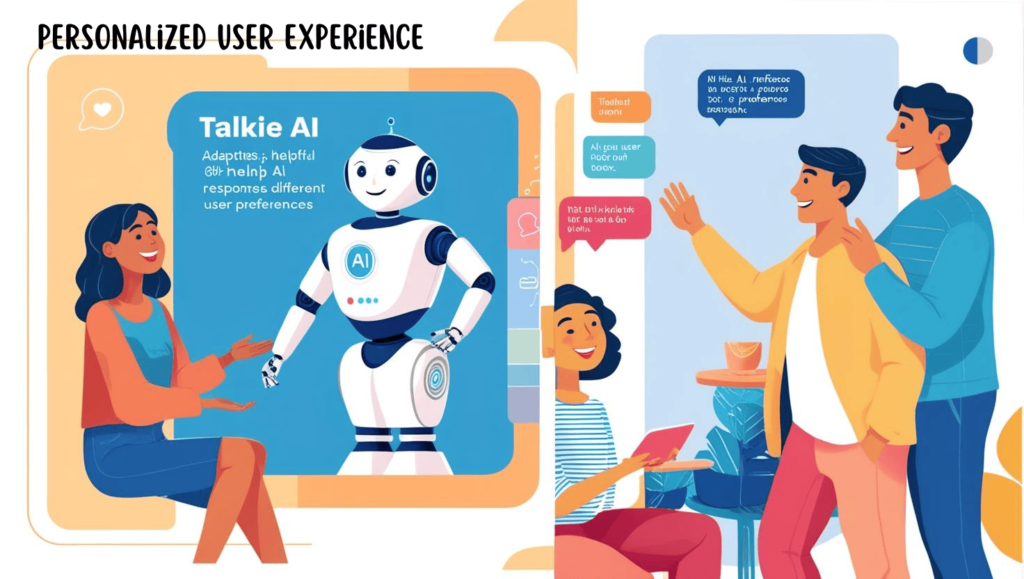
➤ Multilingual Support

Talkie AI supports multiple languages, enabling global users to interact seamlessly. For example, a French-speaking customer can get assistance in their native language.
Microsoft Cortana offers limited multilingual capabilities compared to Talkie AI’s comprehensive range.
➤ Voice Recognition Technology
Talkie AI can identify users by their voice, allowing for secure, personalized interactions like accessing exclusive features.
Google Nest offers similar voice recognition but struggles with nuanced family dynamics, such as differentiating twins.
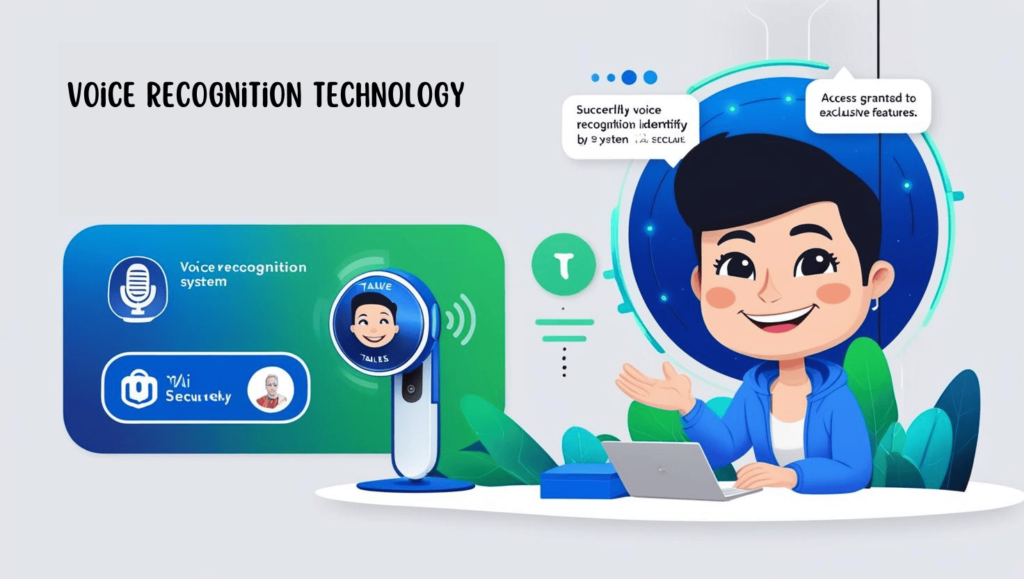
➤ Integration with Smart Devices
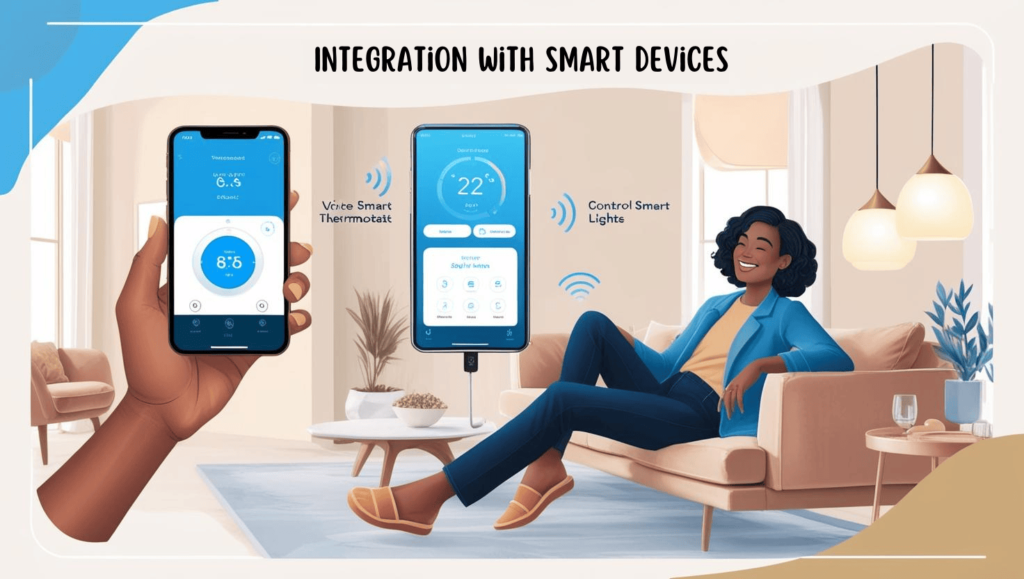
Talkie AI connects effortlessly with smart devices, such as adjusting your thermostat or controlling lights through voice commands.
Samsung Bixby offers smart home integration but lacks the smooth setup process of Talkie AI.
➤ Secure Conversations
With encryption, Talkie AI ensures your conversations remain private, meeting standards for sensitive topics like healthcare inquiries.
Meta’s AI often faces criticism for privacy lapses, unlike Talkie’s robust measures.

➤ Offline Mode
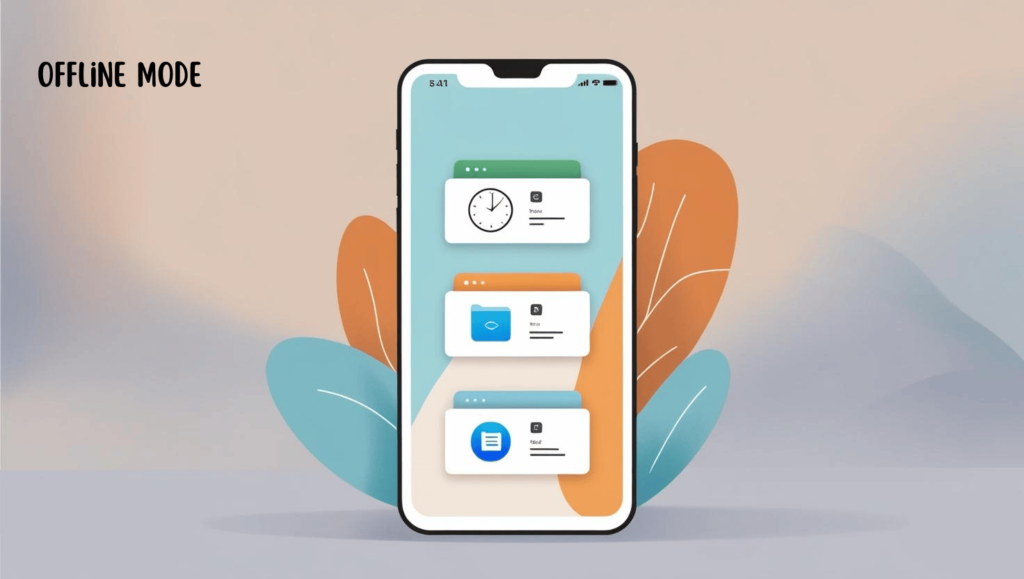
Talkie AI offers limited functionality offline, like setting alarms or checking local files, ensuring usability in areas with poor connectivity.
Unlike Google Assistant, which requires an active internet connection, Talkie AI’s offline mode adds flexibility.
➤ Cross-Platform Compatibility
Talkie AI works seamlessly across mobile phones, desktops, and tablets, ensuring consistent user experiences regardless of the device. For example, you can start a conversation on your tablet and continue it on your smartphone.
Cortana is more limited in device compatibility compared to Talkie AI’s versatility.
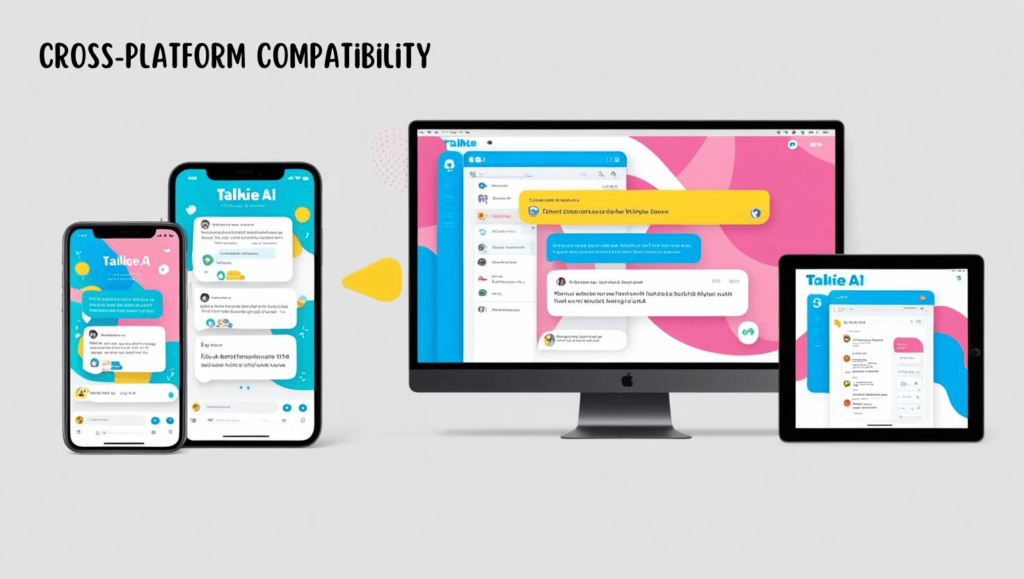
🔘Innovative Features
➤ Emotional Tone Detection
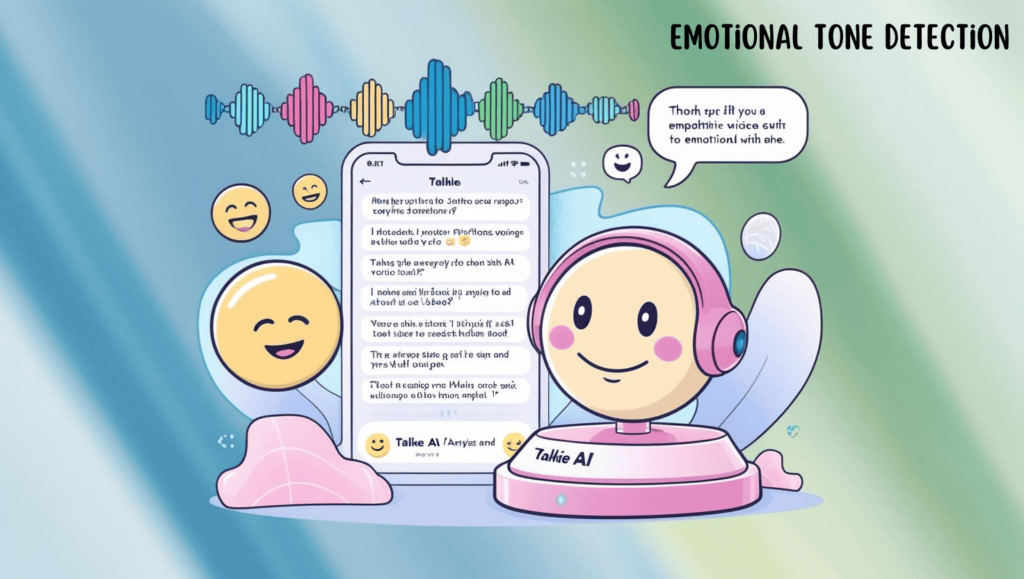
Talkie AI recognizes the emotional undertones in a user’s voice or text, enabling it to respond empathetically. For example, if you sound frustrated, it may offer solutions in a calming tone.
Alternatives like Replika AI also detect emotions but may struggle with more nuanced emotional cues. With Talkie AI’s Personalized Emotional Companion, users can experience deeper, more meaningful interactions.
➤ Customizable Commands
Talkie AI allows users to create personalized voice or text commands, making interactions highly tailored. For instance, you can set a command like “Goodnight mode” to dim lights and lock doors.
Google Assistant offers custom routines but lacks the flexibility of fully personalized commands.
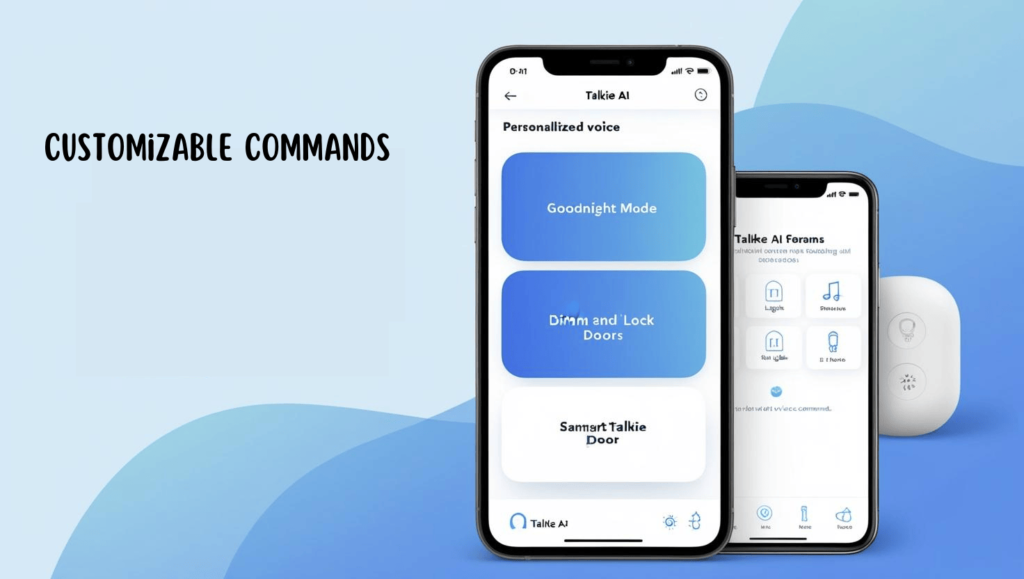
➤ Contextual Awareness
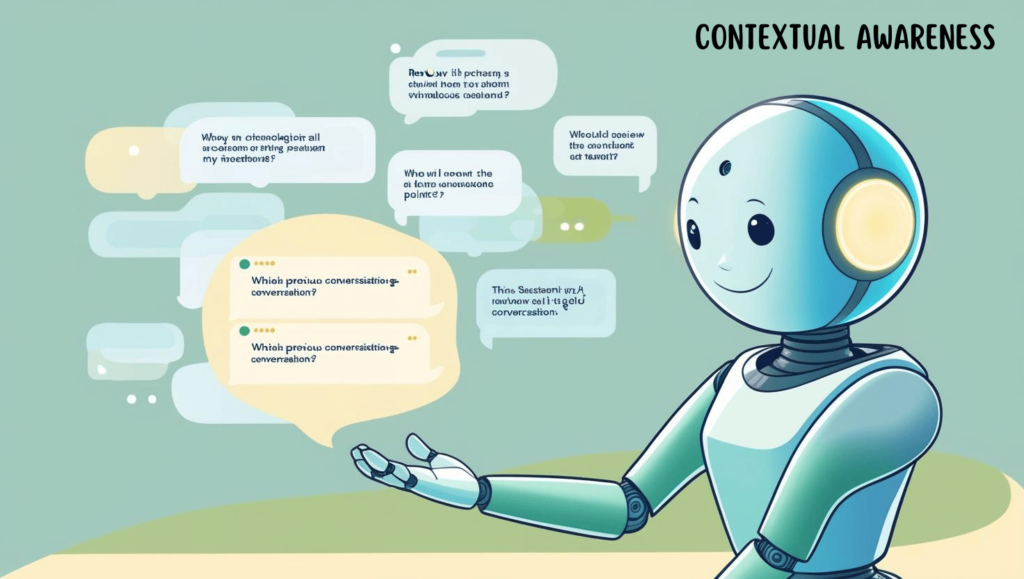
Talkie AI remembers details from earlier in the conversation, allowing for relevant and accurate follow-ups. For example, if you ask for dinner suggestions and later ask for directions, it knows you’re referring to the same place.
Siri offers basic context but often forgets details across different queries.
➤ Interactive Learning Tools
Talkie AI supports educational activities like tutoring or language learning, adjusting to the user’s pace. For instance, it can help you practice Spanish with interactive dialogues.
Duolingo AI focuses solely on language learning, lacking the multifunctionality of Talkie AI.
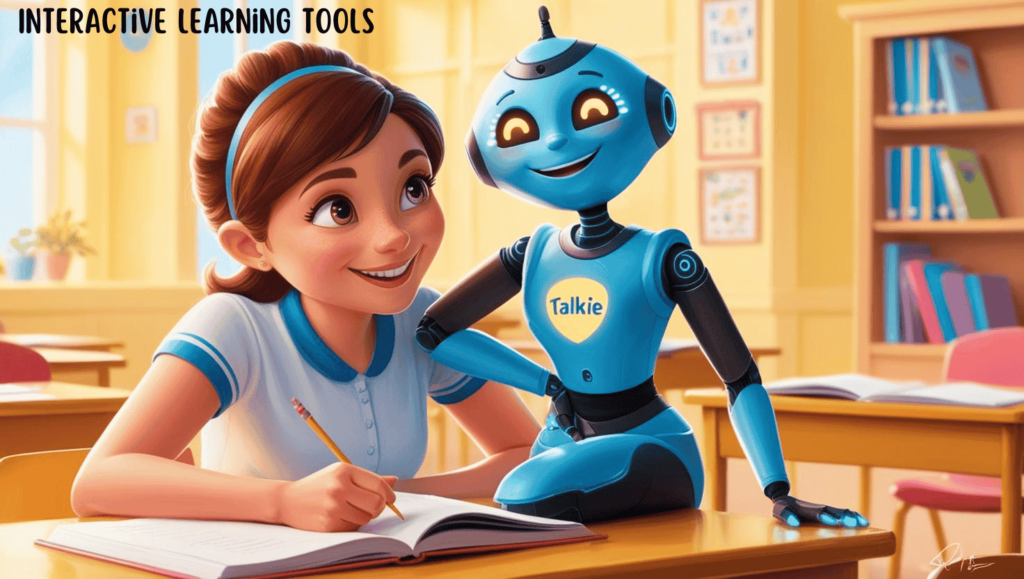
➤ Gamification Elements
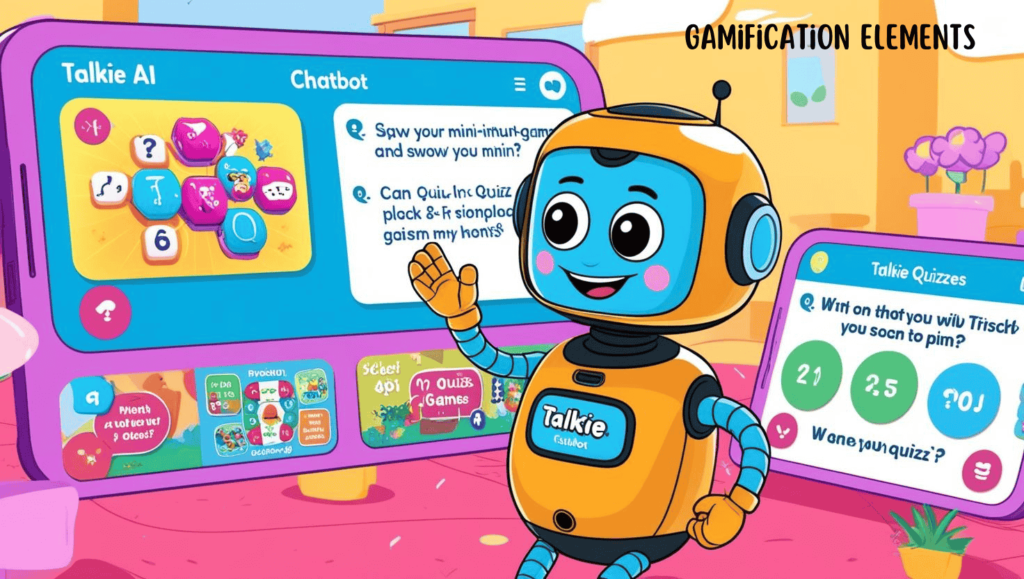
Talkie AI incorporates games and quizzes to keep users engaged while interacting. For example, it can run trivia quizzes or memory games for fun and learning.
While Alexa Skills offers similar features, Talkie AI’s Gamification provides a more integrated gaming experience.
➤ Voice-to-Text and Text-to-Voice
Talkie AI can convert spoken words into text and vice versa, making it accessible to users with hearing or visual impairments. For example, it can read your text messages aloud or transcribe speech.
Otter.ai excels in transcription but lacks the conversational versatility of Talkie AI.
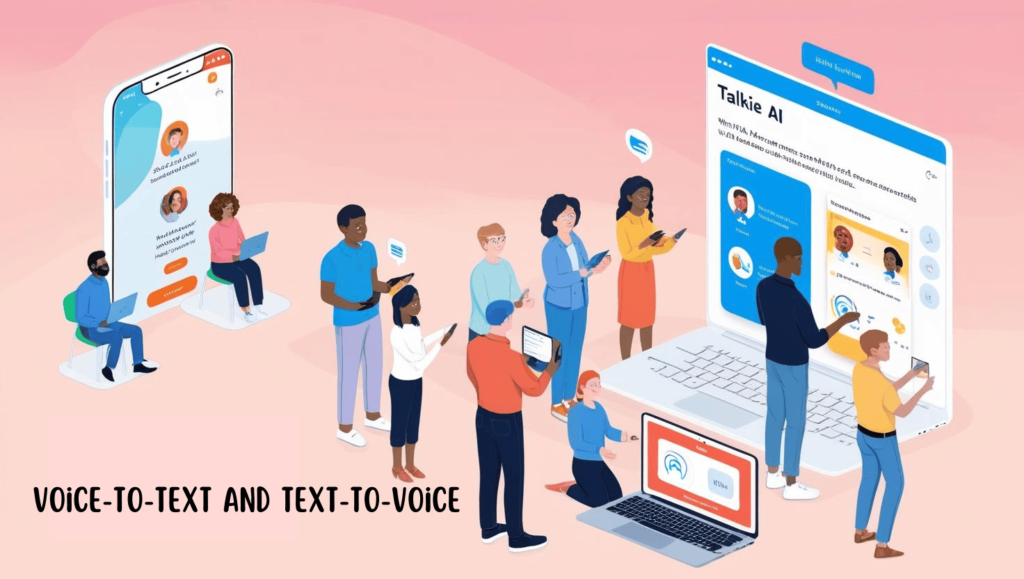
➤ AI-Powered Recommendations
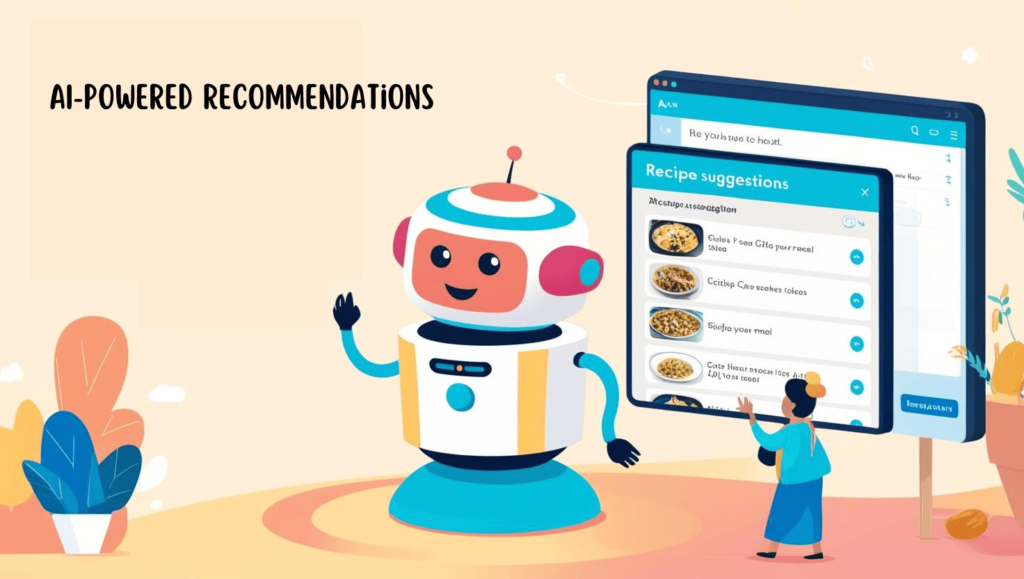
Talkie AI suggests personalized content based on user activity, such as recommending recipes after asking about meal preferences.
Spotify AI recommends music but lacks the broad recommendation system Talkie AI offers.
➤ Business Chat Solutions
Talkie AI can handle customer service, resolving FAQs and issues in real time. For instance, it can guide users through refund processes seamlessly.
Zendesk AI offers customer service features but lacks conversational versatility.

➤ Integration with Virtual Reality (VR)
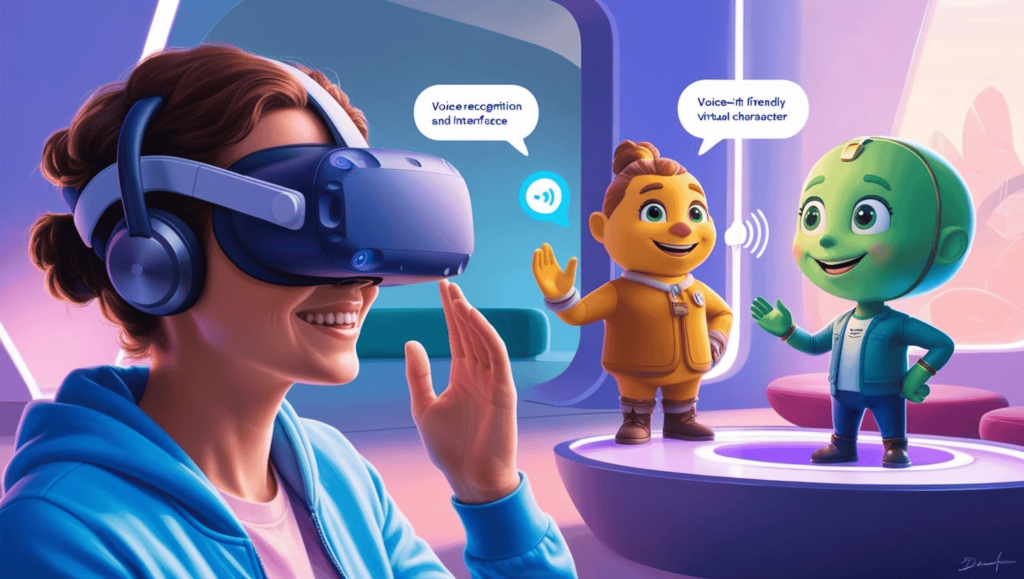
Talkie AI enhances VR experiences by enabling voice-driven interactions in immersive environments. For instance, you can ask for game instructions or interact with virtual characters.
Meta VR Assistant supports basic commands but lacks the conversational depth of Talkie AI.
➤ Advanced Scheduling Tools
Talkie AI manages calendars, reminders, and event notifications through voice commands. For example, you can ask it to reschedule a meeting and notify participants automatically.
Microsoft Cortana supports scheduling but lacks the proactive insights Talkie AI offers.
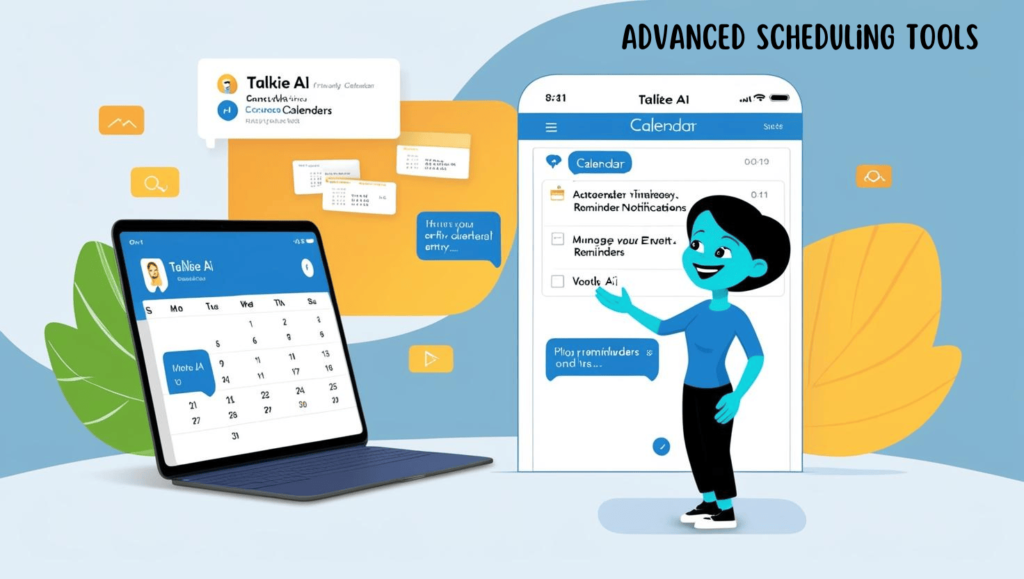
🔘 Account & Accessibility
➤ Talkie AI Create Account
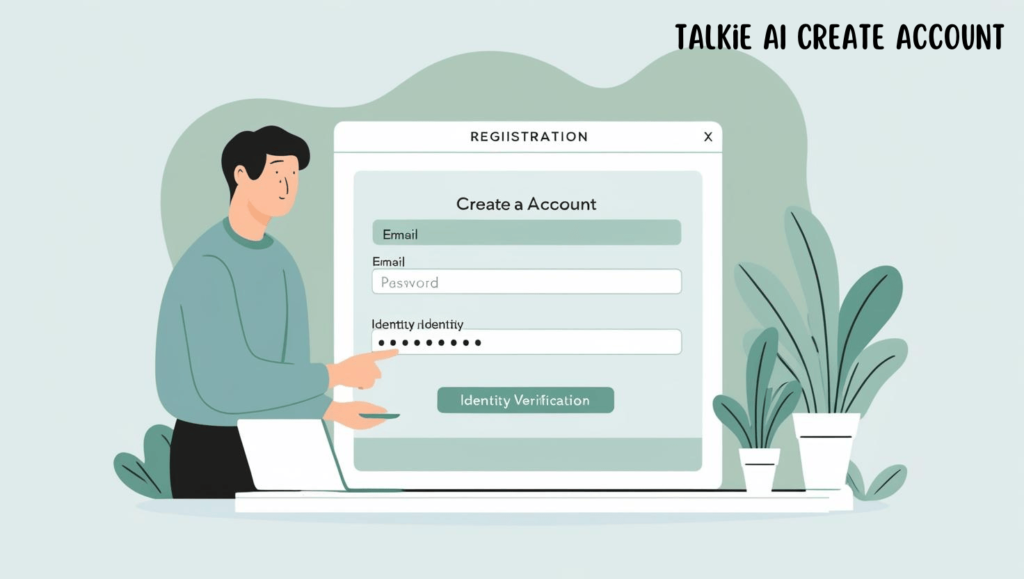
Creating an account is simple, with an intuitive registration process. Users provide basic information like email, set a password, and verify their identity. For example, it’s like signing up for Spotify or Netflix, but tailored for conversational AI.
Google Assistant doesn’t require account creation unless linked with Gmail, offering convenience but less customization.
➤Talkie AI Login
Talkie AI supports quick login options like single sign-on (SSO) and biometrics for added security. For example, users can log in using Google credentials or their fingerprint on mobile devices.
Siri only requires an Apple ID login, limiting flexibility.
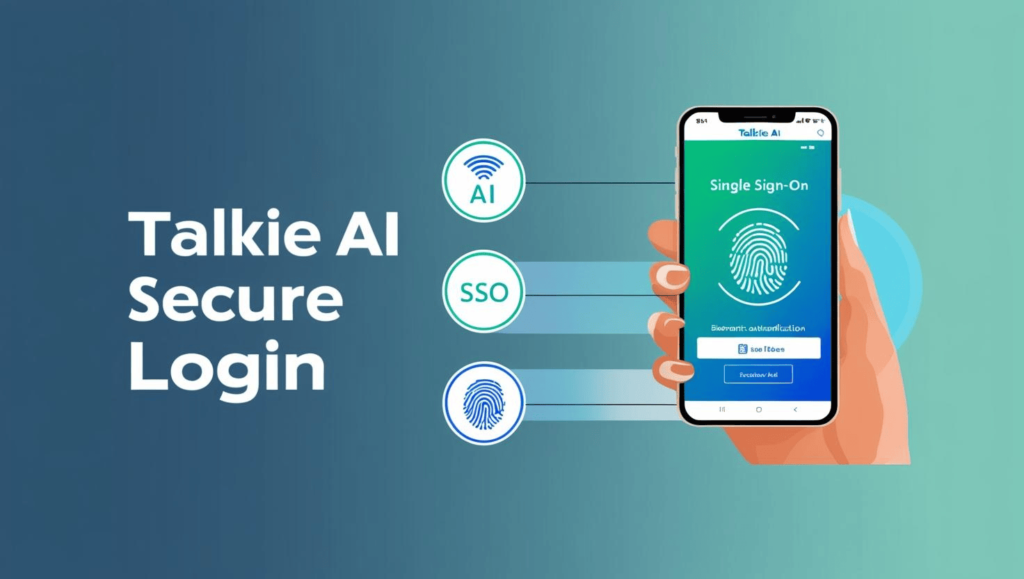
➤ Talkie AI Delete Account
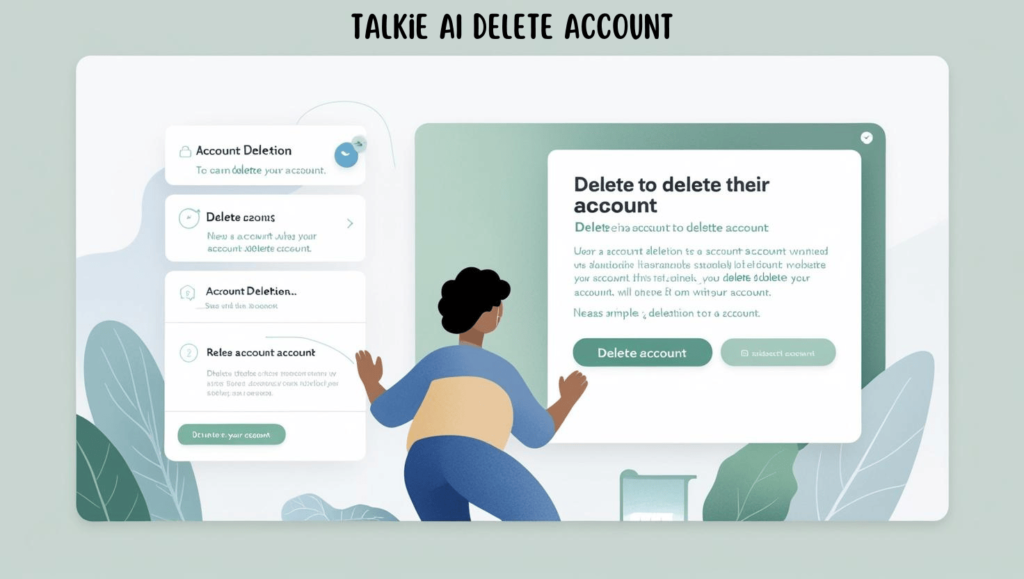
Talkie AI offers a clear and straightforward process to delete accounts while adhering to data protection laws like GDPR. For instance, users can navigate to account settings and request deletion, ensuring no residual data remains.
Alternatives like Alexa have a more complex process, requiring external support.
➤ Talkie Support
Talkie AI provides 24/7 support for troubleshooting and user queries. Imagine a customer-facing chatbot combined with a dedicated helpdesk. For example, it can resolve issues like connectivity or feature setup.
Google Assistant lacks live human support, relying on forums.
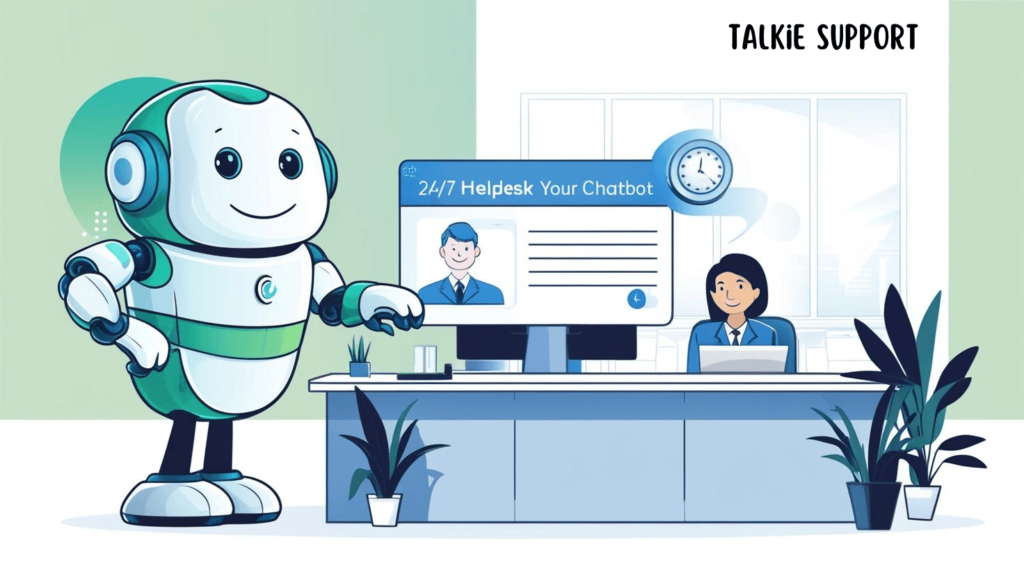
➤ Talkie Updates
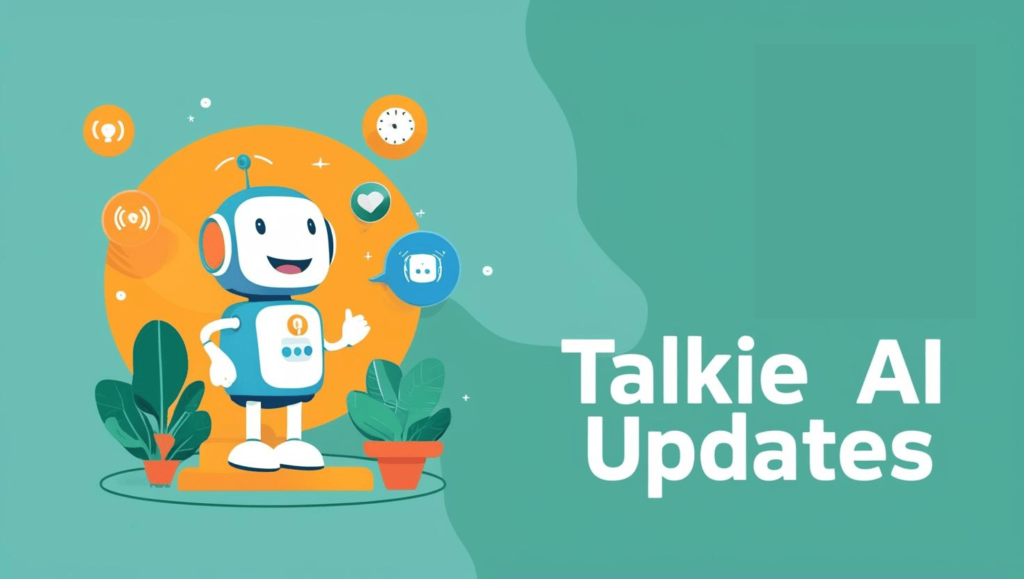
Talkie AI regularly rolls out updates to enhance functionality and add new features, such as improved voice recognition. This ensures users stay ahead with cutting-edge tech.
Google Assistant updates are passive and less user-involved.
➤ Talkie AI Premium
A subscription-based service, Talkie AI Premium offers exclusive features like detailed analytics and expanded language support. For example, businesses can gain insights into customer interactions.
Alexa Premium offers similar perks but focuses on home automation more than analytics.
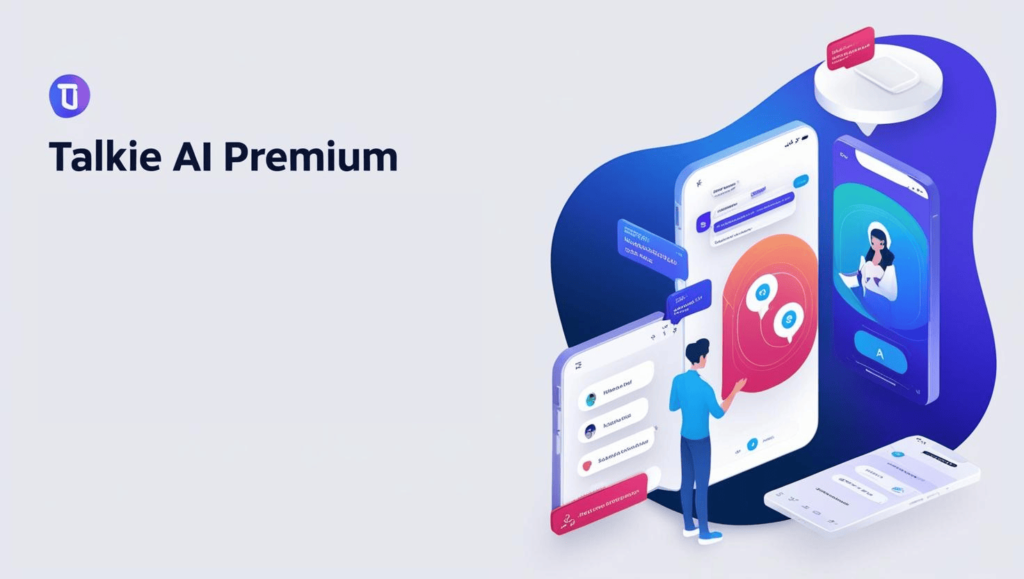
➤ Talkie AI APK
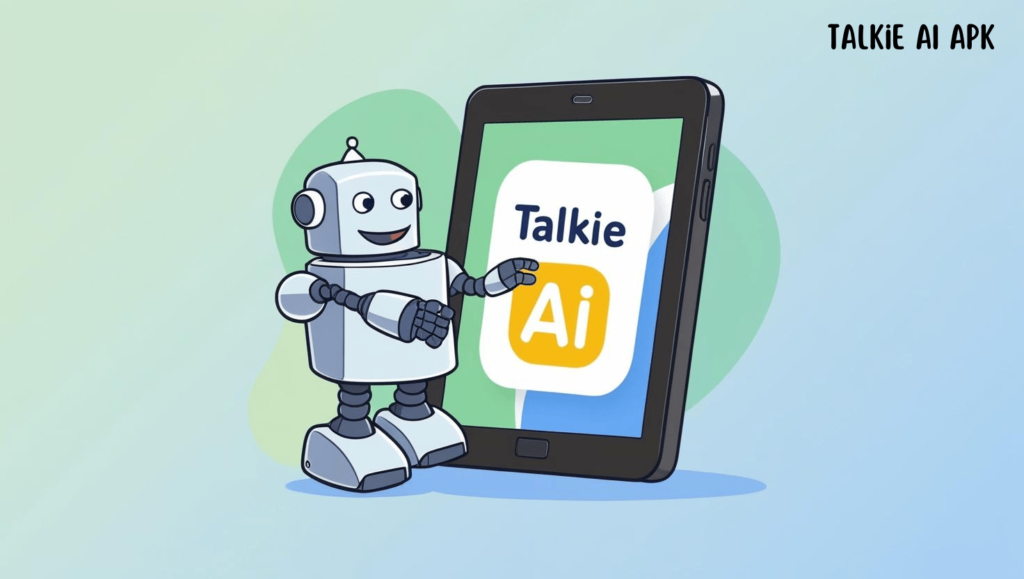
The APK version allows Android users to install Talkie AI on devices without Google Play Store access, such as older tablets. For example, this benefits users in regions with restricted app stores.
Siri and Alexa do not offer APK options, limiting flexibility.
➤ Talkie AI Unblocked
Talkie AI ensures accessibility in restricted regions by using secure, official channels. For example, it might use VPN-friendly solutions to maintain usability.
Google Assistant and Alexa are often blocked in regions without support, requiring workarounds.
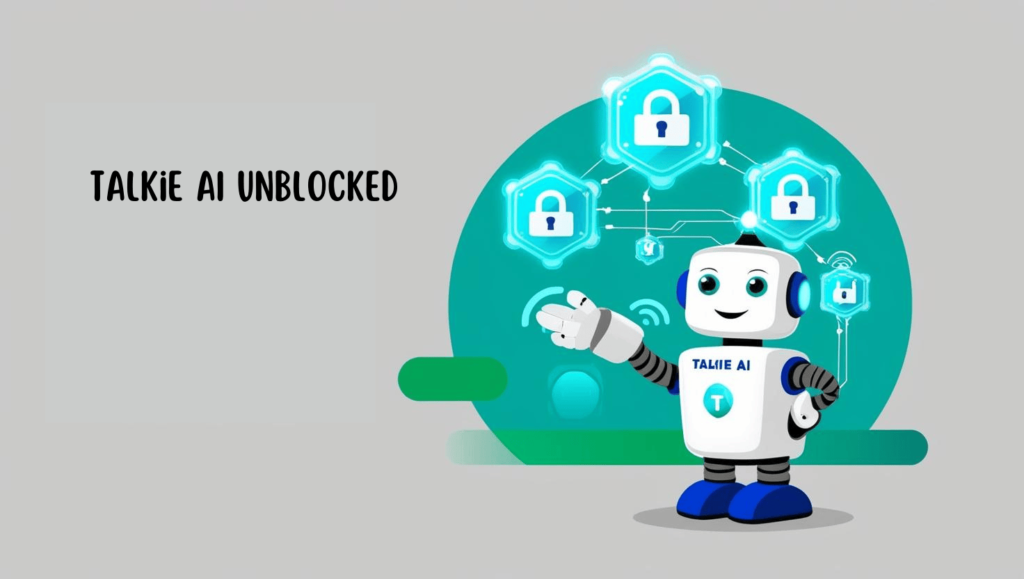
➤ Talkie AI Age Rating
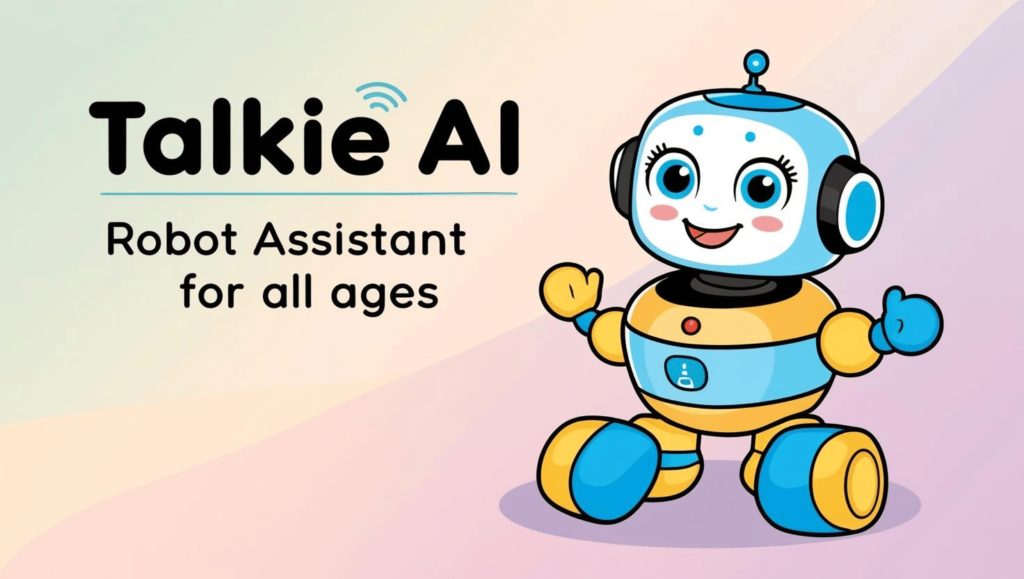
With an all-ages rating, Talkie AI is suitable for both casual and educational purposes. For instance, children can use it for homework help, while adults enjoy smart home controls.
Competitors like Replika AI are often restricted to older age groups due to their focus on emotional conversations.
➤ Talkie AI Alternatives
Talkie AI competes with Google Assistant, Alexa, and Siri. While all offer conversational abilities, Talkie AI stands out with customizable commands and emotional tone detection, whereas Google excels in integration and Alexa in smart homes.
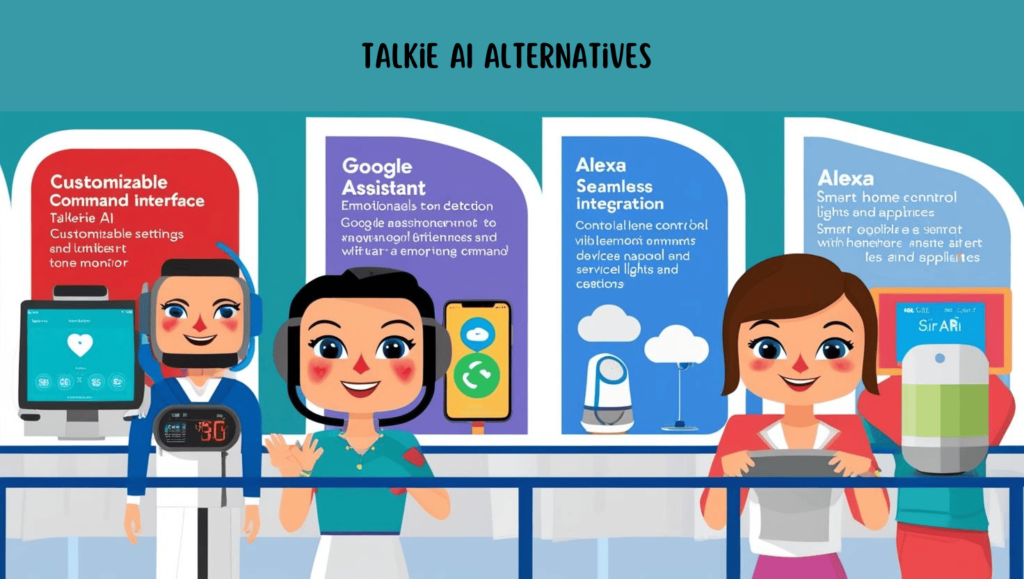
🔘User Engagement
➤ Advanced Conversational AI
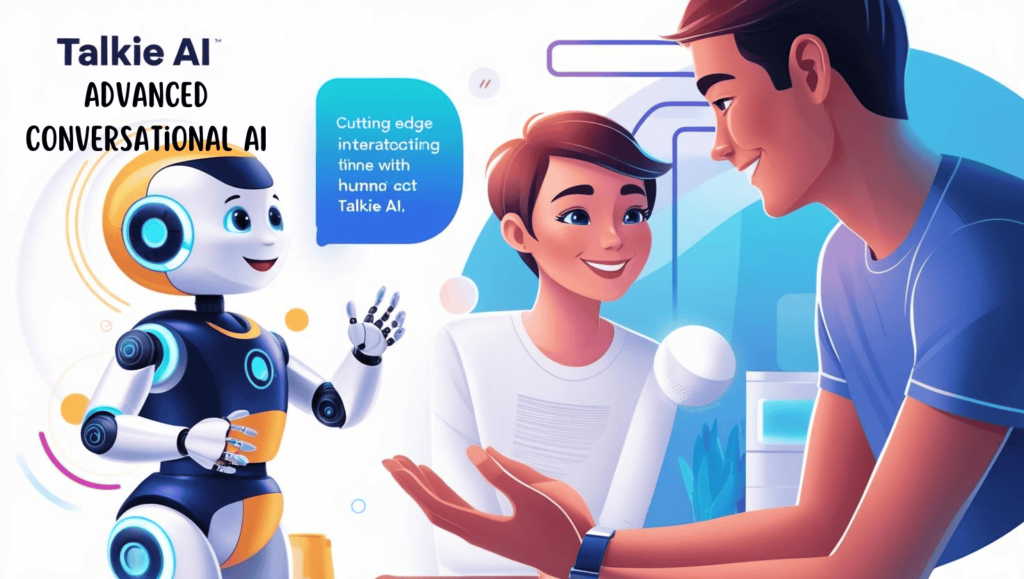
Talkie AI uses cutting-edge algorithms for human-like interactions. For instance, it can assist users with complex queries, like planning a vacation itinerary.
Google Assistant handles similar queries but lacks personalized empathy.
➤ User-Friendly Interface
Talkie AI features an intuitive design, ideal for beginners and tech-savvy users. For example, even first-time users can navigate the app with ease.
Siri’s interface is simpler but less customizable.
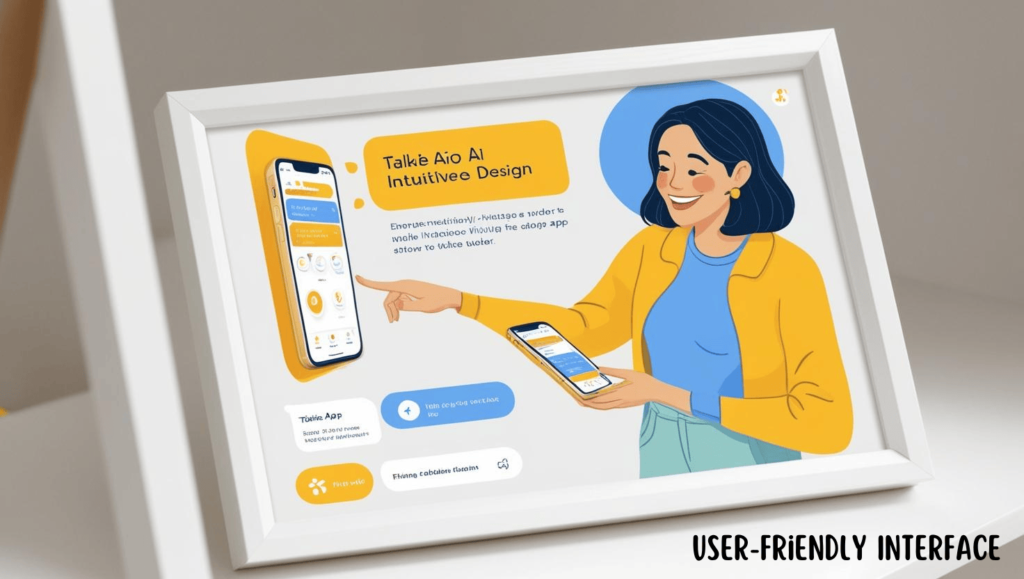
➤ Real-Time Communication
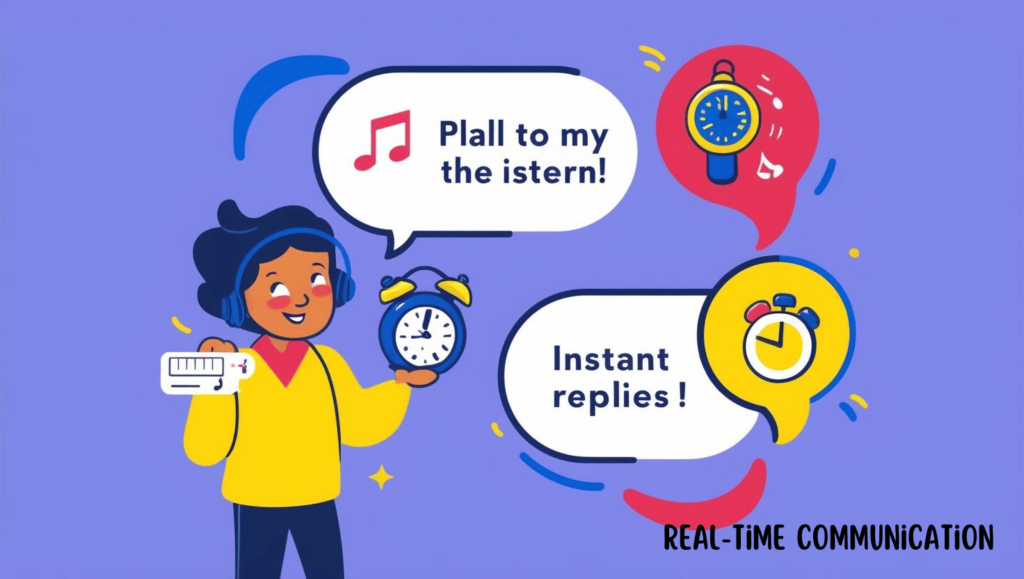
Instant replies ensure smooth interaction, such as responding to a user’s request to play a song or set a timer.
Alexa excels in response speed for smart home controls, but Talkie AI adds conversational depth.
➤ Personalized User Experience
Talkie AI adapts to user preferences over time, like remembering music choices or dietary preferences.
Google Assistant provides similar personalization but focuses more on search-based interactions.
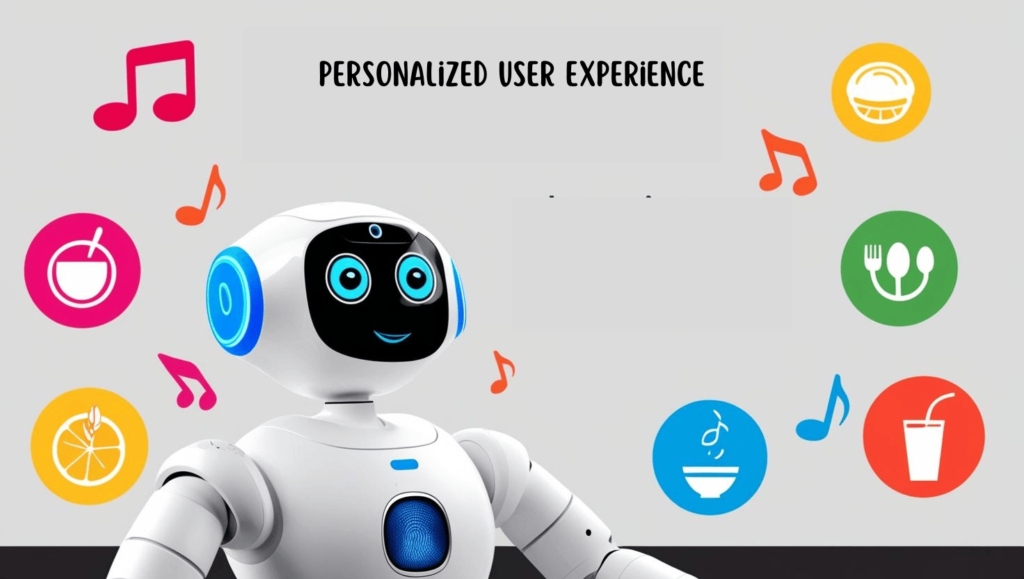
➤ Multilingual Support

Communicate seamlessly in multiple languages, ideal for travelers or bilingual households. For example, users can switch between Spanish and English while chatting.
Alexa offers limited multilingual functionality compared to Talkie AI’s broader support.
➤ Voice Recognition Technology
Talkie AI identifies individual users, offering tailored responses. For example, it can distinguish between parents and kids in a household.
Siri struggles with multi-user voice recognition. Learn more about Talkie AI Voice Integration.
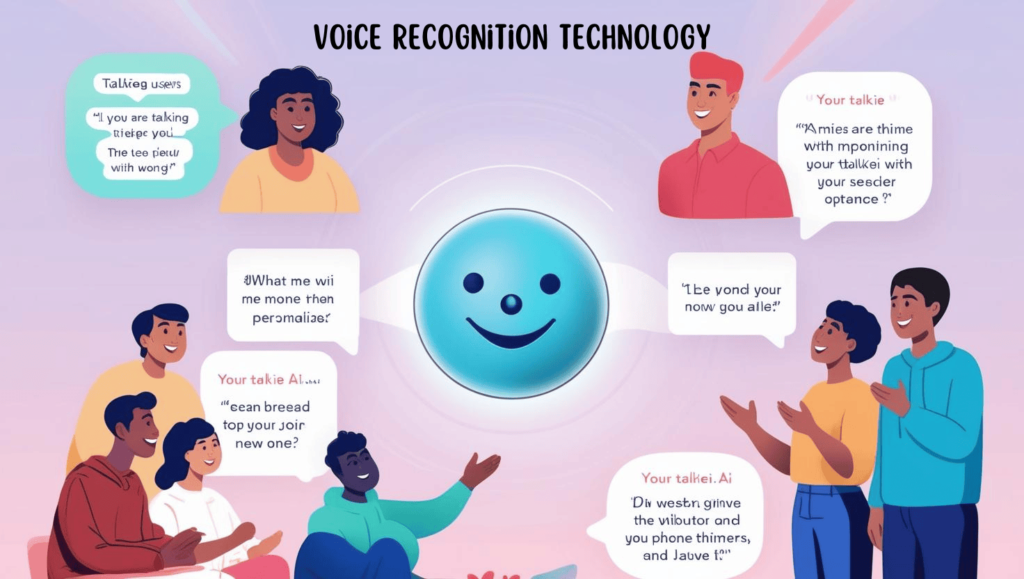
🔘Innovative Features
➤ Emotional Tone Detection
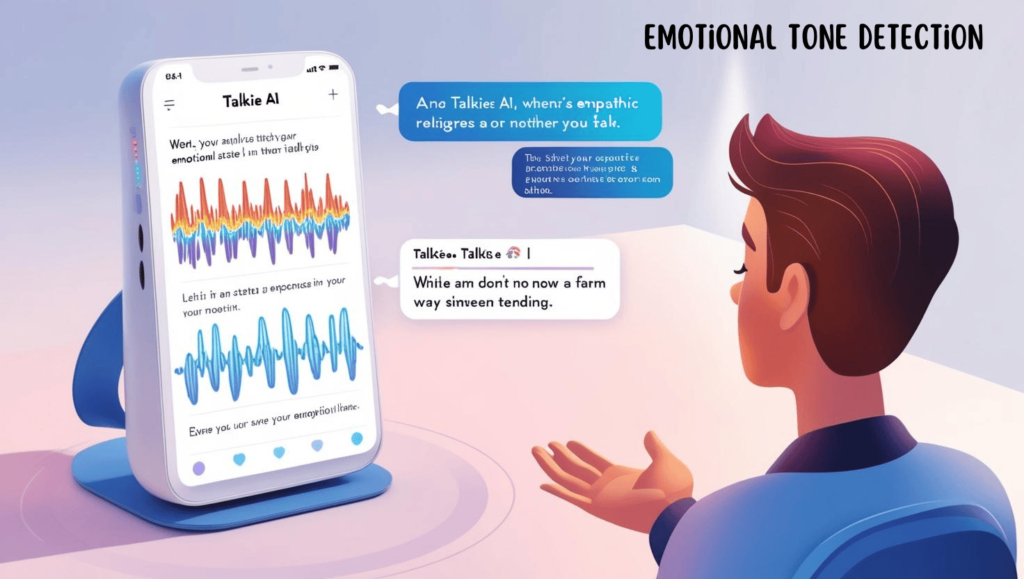
Talkie AI detects user emotions, providing empathetic responses. For example, it might adjust its tone if a user sounds frustrated.
Replika AI also focuses on emotional connections but lacks Talkie AI’s versatility.
➤ Customizable Commands
Users can set personalized voice commands, like “Turn on movie mode” to dim lights and play Netflix.
Alexa supports routine commands but with less flexibility in phrasing. With Talkie AI’s customizable characters, users can create commands tailored to their preferences, offering greater control and personalization
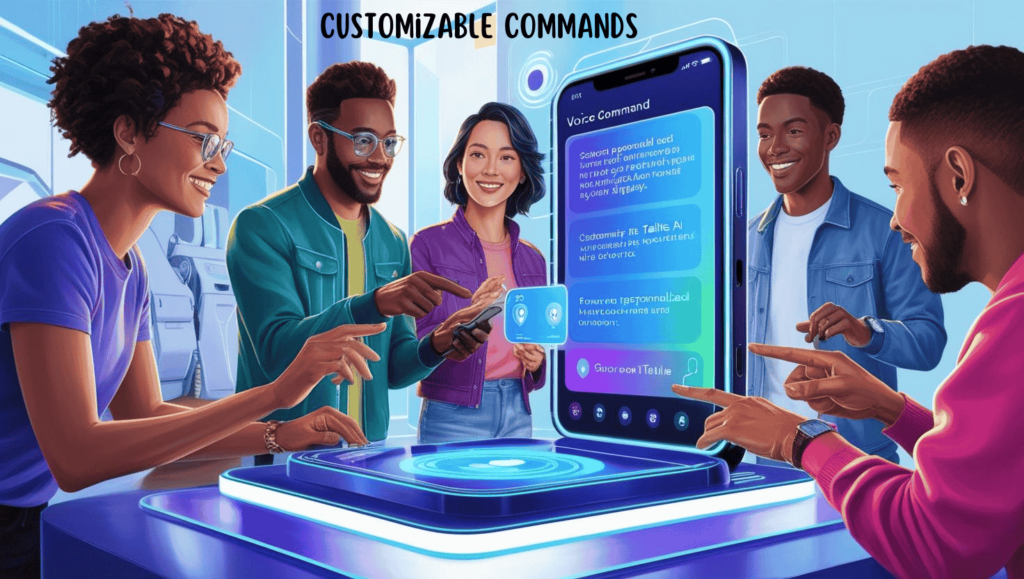
➤ Interactive Learning Tools
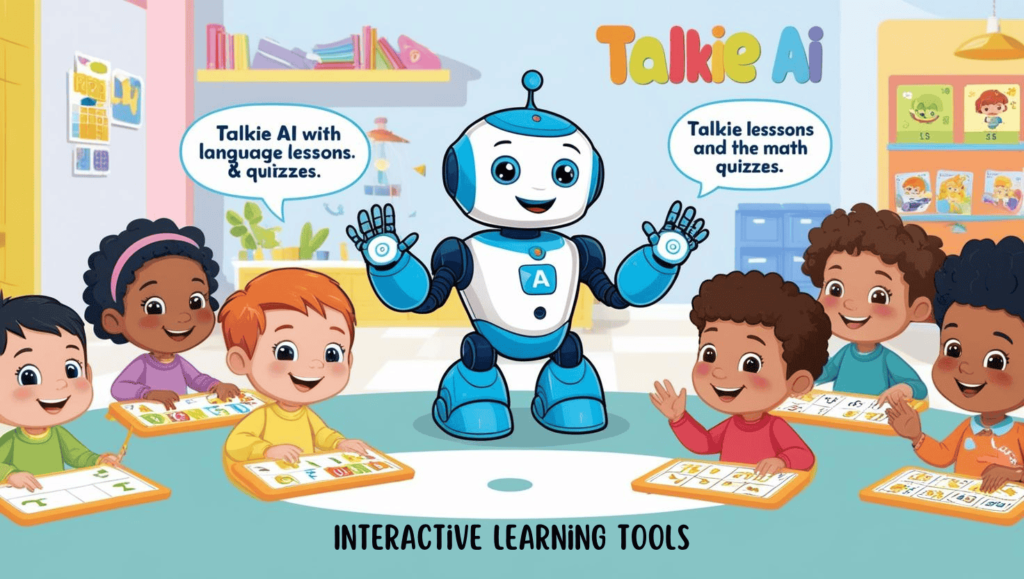
Great for educational support, Talkie AI offers language lessons or math quizzes. For example, students can practice Spanish with real-time corrections.
Duolingo focuses solely on education but lacks conversational AI versatility.
➤ Gamification Elements
Talkie AI integrates games and quizzes, making learning or downtime engaging. For instance, it offers trivia games for families.
Alexa has games, but fewer options designed for all age groups.
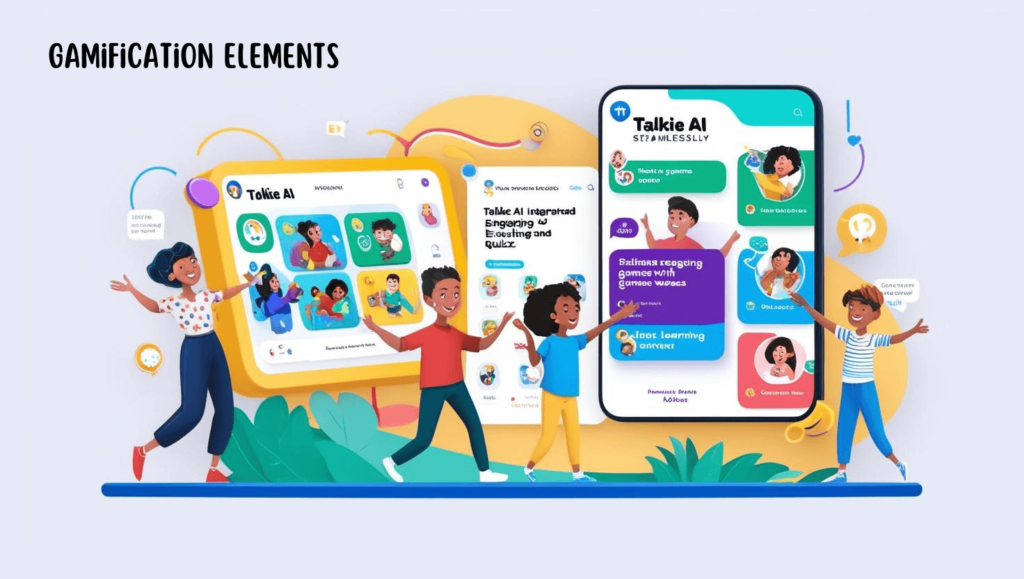
🔘 User Engagement
➤ Interactive Storytelling
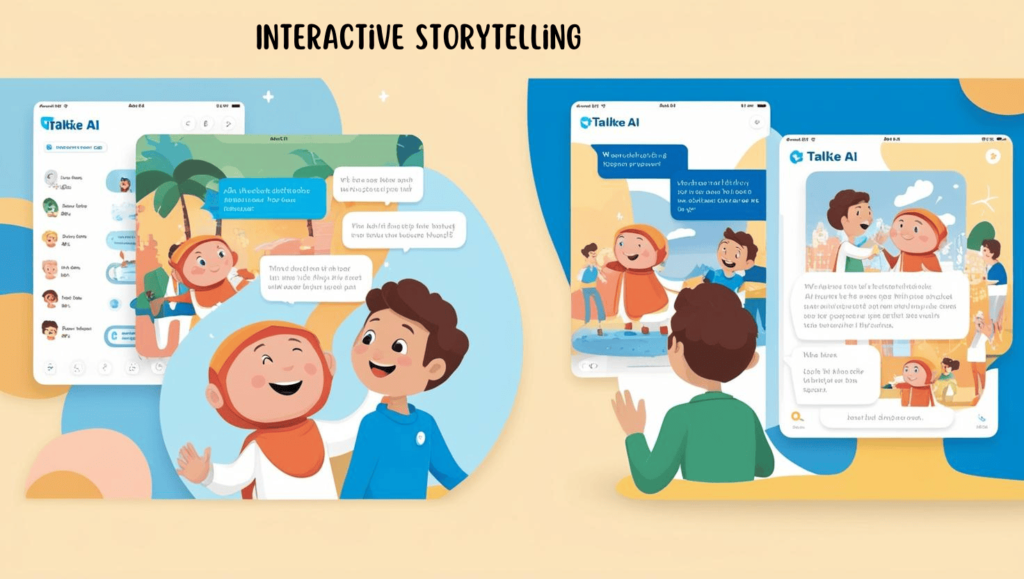
Talkie AI creates dynamic stories that change based on user input. For instance, children can participate in a personalized bedtime story by choosing characters or influencing the plot.
Apps like Replika offer storytelling but lack the level of interactivity Talkie AI provides.
➤ Customizable Personality
Talkie AI allows users to modify the AI’s tone, style, or even voice. For example, you can set a formal tone for work conversations or a cheerful tone for casual chats.
Google Assistant has fixed personalities, limiting customization options.
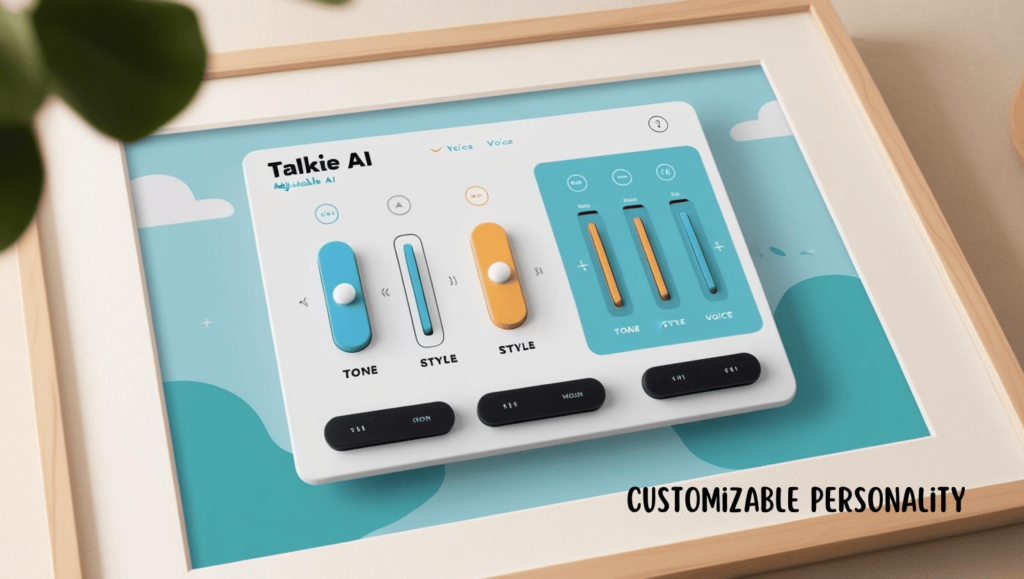
➤ Behavioral Analytics
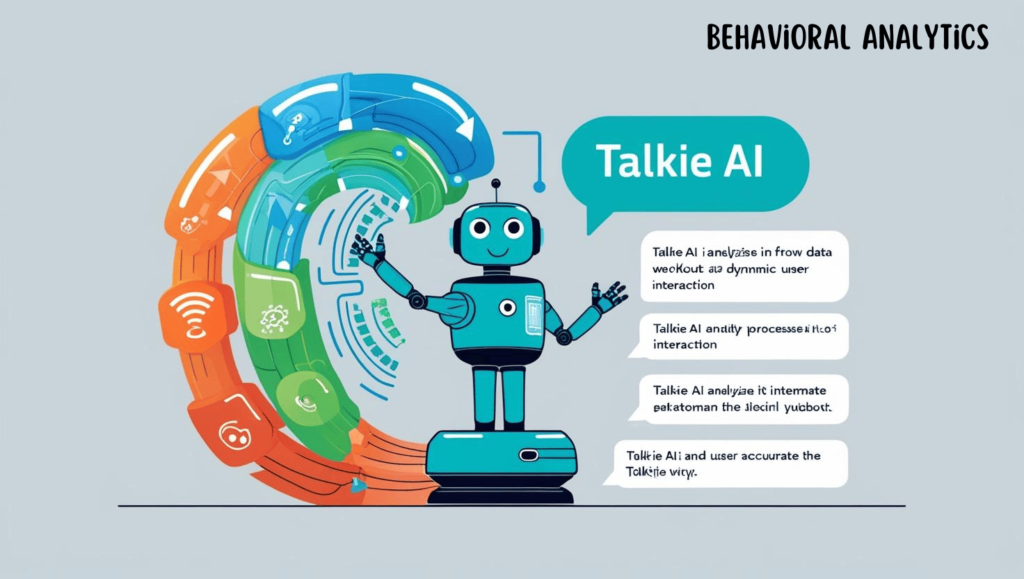
Talkie AI analyzes user interactions to refine future responses, ensuring more relevant and accurate replies. For instance, it might suggest workout plans if a user frequently discusses fitness.
Alexa tracks user habits but focuses more on shopping behavior than conversational refinement.
➤ Natural Language Processing (NLP)
Talkie AI’s NLP handles complex queries, such as “What’s the weather like in Tokyo next week, and can you suggest an itinerary?”
Siri’s NLP struggles with multi-step questions compared to Talkie AI.
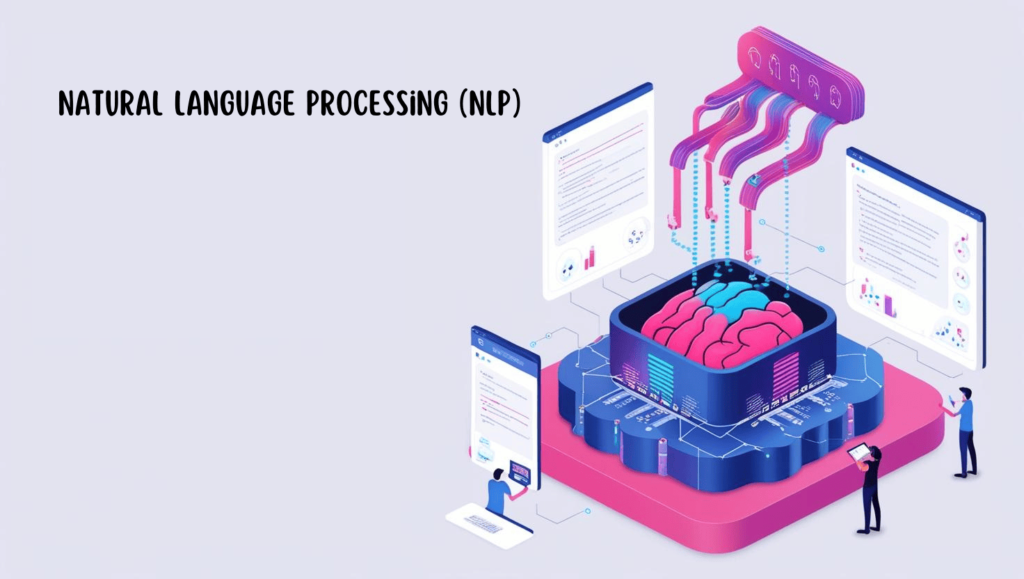
➤ Adaptive Conversation Flow
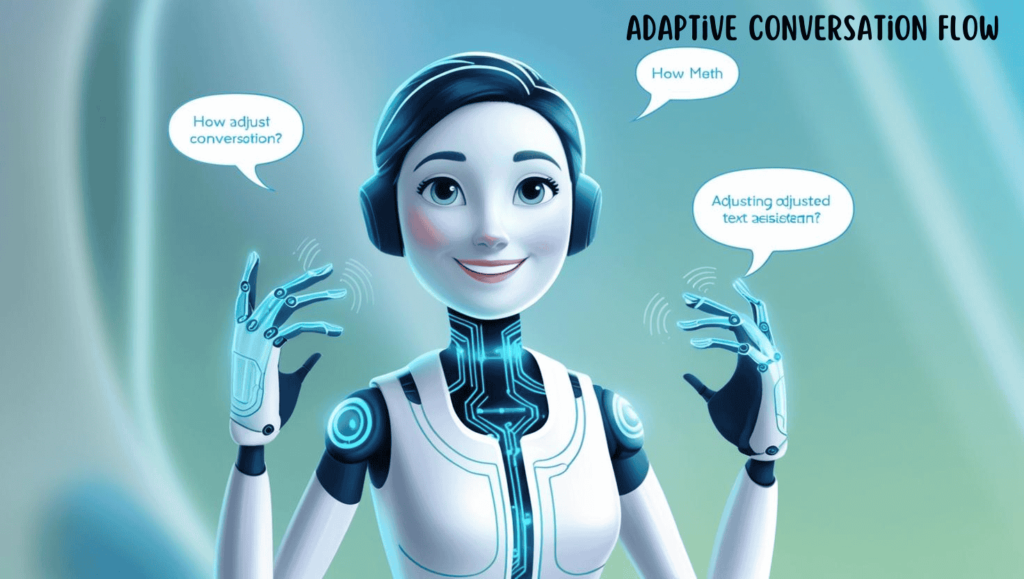
Talkie AI adjusts responses based on user cues, making conversations feel natural. For example, if a user changes the subject, Talkie AI seamlessly transitions.
Google Assistant often needs explicit commands for topic shifts.
➤ Cross-Device Continuity
Start a task on one device and continue it on another. For example, begin a shopping list on your phone and finish it on a smart speaker.
Alexa supports similar features, but Talkie AI enhances continuity with more personalized data syncing.
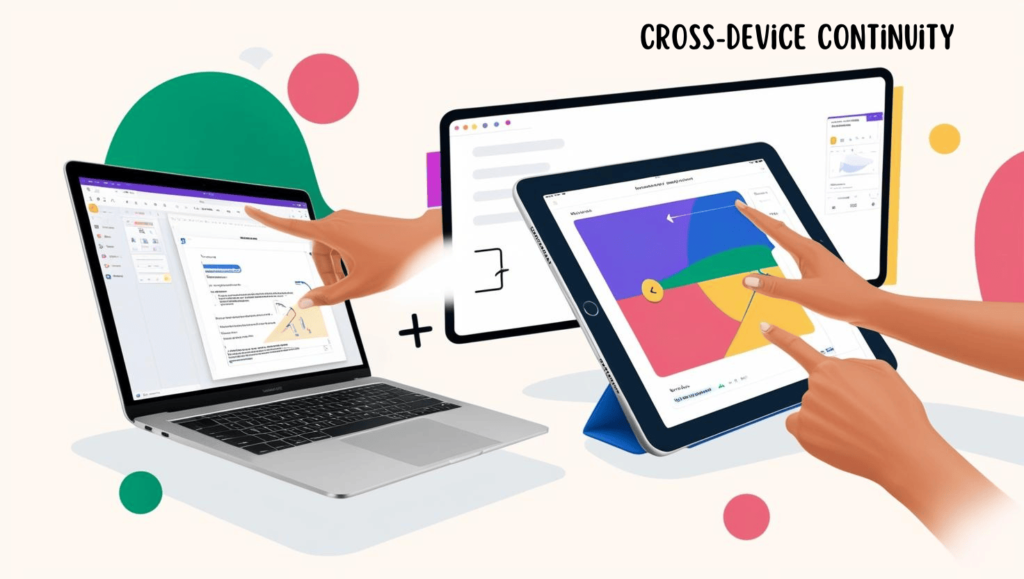
➤ Voice Feedback for Tasks
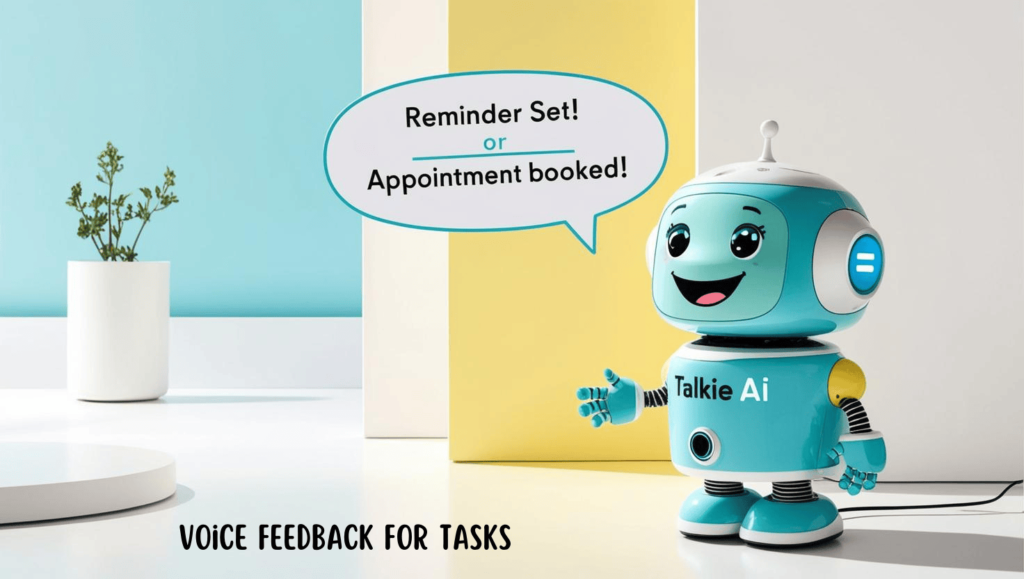
Talkie AI confirms actions, like setting reminders or booking appointments, using voice feedback. For instance, it might say, “Your 3 PM meeting is now scheduled.”
Google Assistant provides voice feedback but lacks the conversational acknowledgment of Talkie AI.
➤ Integration with IoT
Talkie AI syncs with smart devices, such as controlling lights, thermostats, or security cameras. For example, it can execute commands like, “Dim the lights in the living room.”
Alexa is a leader in IoT integration, but Talkie AI’s conversational flow gives it an edge for complex scenarios.
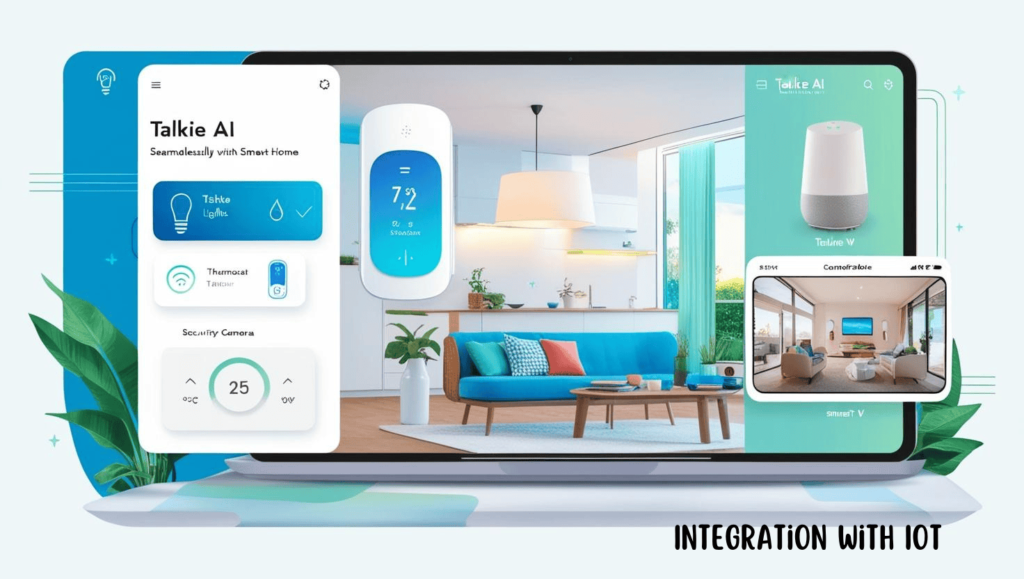
➤ Talkie AI Ratings
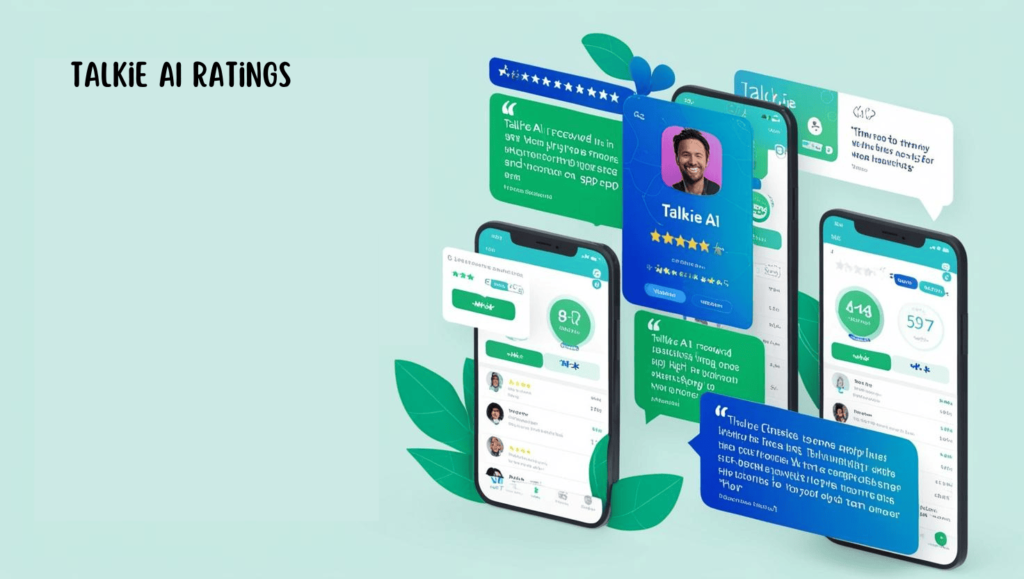
Talkie AI frequently receives high ratings for usability and innovative features, often outperforming competitors on app stores.
Google Assistant and Alexa also score well but are rated lower for user engagement features.
➤Future-Ready Technology
Talkie AI stays ahead with advancements like AI trends, machine learning, and Web3 applications. For example, its integration with metaverse platforms allows users to explore virtual environments.
Siri and Alexa have limited capabilities in Web3 or metaverse applications.

Conclusion
From smart device integration to multilingual support and continuous updates, Talkie AI continues to improve the way we interact with technology. Its features ensure a dynamic, secure, and user-friendly experience, making it a strong contender in the world of conversational AI. As it evolves, Talkie AI promises to stay ahead with innovations in voice interaction and AI-driven solutions.
